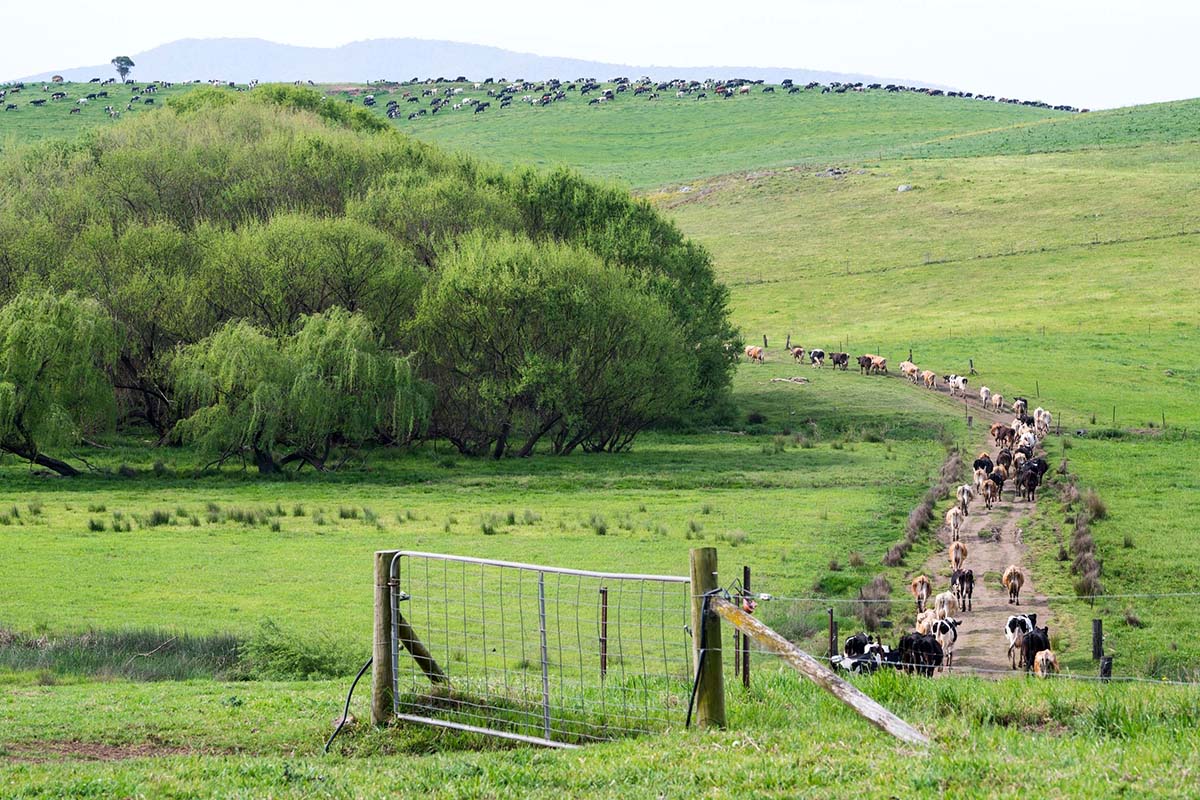Travelling stock reserves (TSRs) are sections of Crown land specifically set aside for moving livestock. These reserves are essential for the grazing industry, providing safe rest and grazing spots for animals travelling long distances. Currently, there are over 6,500 TSRs in NSW, covering about 2 million hectares. Most of these reserves, around 75%, are in the Western Division of NSW.
In NSW, Local Land Services (LLS) manages roughly 500,000 hectares of TSR land, mainly in the central and eastern divisions. In the Western Division, the TSRs are typically managed by leaseholders through western lands leases and are used strictly for moving livestock. To use these TSRs, you need a stock movement permit from LLS. These western TSRs are not open to the public, so they cannot be used for recreational purposes.
In the eastern and central divisions, graziers can use TSRs during emergencies such as droughts, bushfires, and floods for grazing or as apiary sites. Permits from LLS are required for these activities. The public can also use TSRs in these areas for recreational purposes from sunrise to sunset, as well as for conservation efforts.
Importance
TSRs play a crucial role in supporting the agricultural industry by providing safe and accessible routes for moving livestock. They also contribute to biodiversity conservation by preserving native vegetation and habitats for various species.
Management
The management of TSRs involves maintaining the land to support livestock movement while protecting environmental values. Local Land Services (LLS) is responsible for the upkeep and administration of these reserves. This includes controlling invasive species, maintaining fences, and ensuring water availability. LLS also works with local communities and stakeholders to manage TSRs effectively.
Access
To access a TSR, you may need a permit from Local Land Services (LLS). Permits ensure that the use of the reserve is sustainable and does not negatively impact the environment. You can apply for a permit online through the LLS website. It is important to follow all guidelines and regulations when using TSRs to preserve their value for future generations.
Travelling Stock Reserves Dealings Policy
Travelling Stock Reserves Dealings Policy (PDF, 425 KB) sets out acceptable dealings on TSRs according to defined categories of use. This policy governs where easements, licences, leases, vestings, sales, and other defined dealings are permitted on TSRs. It provides clear direction on the management of TSRs across NSW, ensuring consistency and rigorous assessment criteria for all dealings.
